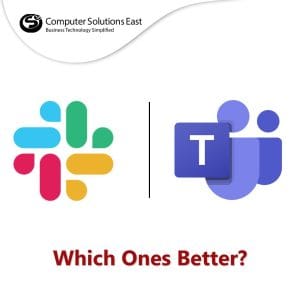Intent-based Networking in the World of Finance
The financial landscape has shifted dramatically in recent years. New factors have emerged, such as the rise of fintech firms and the increased emphasis on worker safety and wellbeing. Current events have also accelerated the adoption of established digital transformation concepts, such as cloud computing, digital banking, and virtual experts.
How can networking teams successfully support these increasing trends? How can we enable new hybrid physical/virtual work models, provide a consistent online customer experience, and ease added security to multi-cloud apps—all while increasing the network’s security, flexibility, and operating efficiency?
Cisco Intent-Based Networking technologies enable the achievement of all of these objectives:
- Cisco ACI for data center management and Cisco Network Assurance Engine enable businesses to anticipate and resolve problems.
- Cisco SD-WAN solutions enable employees to work outside the office or in a hybrid work environment.
- Additionally, Cisco DNA frees IT staff from time-consuming, repetitive complete network procedures, allowing them to focus on the innovation their business requires.

To help you better understand some of the problems facing financial services firms today, it is best to walk through a few instances of financial services firms teaming with Cisco and adopting IBN solutions to accelerate their digital transformation.
Tokio Marine and Nichido Japan’s earliest insurance firm is also the country’s largest domestic enterprise, with a history spanning more than 140 years.
The corporation has been a leader to reform work patterns, expand the breadth of telecommuting for all personnel, and enable staff to work outside the office. As a result, Tokio Marine and Nichido decided to create a new branch office network design services capable of adapting to digital transformation by leveraging change in working methods, cloud computing, and fat applications. Cisco’s wireless LAN and SD-WAN technologies were deployed as part of the company’s secure base infrastructure initiative.
Tokio Marine and Nichido saw some fantastic results as a result of their partnership with Cisco:
As you can see, the organization leveraged Cisco wireless LAN and SD-WAN products to construct a secure base infrastructure. It established a new network infrastructure capable of sustaining the rapid rate of digitization and work style adjustments.
13,000 clients have chosen top-notch services with us. Teaming with so many consumers might be tricky. It must be done swiftly and without disruption and keep internet connection time to a minimum. Postbank decided to employ Cisco for data center management and Cisco Networking Engine to help it avoid network problems by creating predictive analytics.
ACI Consulting is working with Amazon Web Services (AWS) and Microsoft Azure to extend its data center operations into the cloud in the future. Farm Credit is committed to maintaining the future of agriculture and small towns. Farm Credit Mid-America works with farmers and enables farmers to thrive
13,000 clients have chosen top-notch services with us. Among the problems inherent in serving such a large number of clients are providing a smooth online experience, implementing network modifications fast and without downtime, and rapidly implementing new application features.
Postbank decided to employ Cisco for data center management and Cisco Networking Engine to try to help it avoid network problems utilizing creating predictive analytics. ACI Consulting is working with Amazon Web Services (AWS) and Microsoft Azure to extend its data center operations into the cloud in the future
Farm Credit is committed to maintaining the future of agriculture and small towns. Farm Credit Mid-America works with farmers and enables farmers to thrive.

How do we use intent in the network today?
To begin, let us examine a typical business scenario. “ABC Corporation” transferred their human resources department to a new facility recently. Business management desires that all human resources departments have access to data center-based human resource solutions. This straightforward declaration is referred to as business intent.
The IT intention is that there are also financial and contract workloads on the same network as the HR apps, and HR should not be allowed to access that network for compliance and security reasons. As a result, we construct access control lists on devices and employ firewalls to ensure that both the IT and business objectives of linking HR in the new building are met.
This is a daily ritual for today’s network engineers, as we must translate business and IT objectives into network settings. Manually transforming these intentions to configuration and then implementing them may be a time-consuming process that consumes a significant amount of time and is a substantial portion of what an operating engineer performs.


